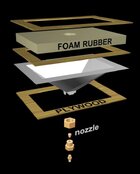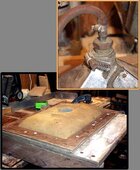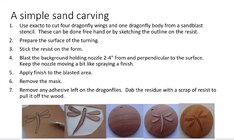I've been looking at Pascal Oudet's work with the spring wood of oak eroded away to leave a lattice of harder latewood connected by medullary rays. I find his use of orientation relative to the pith to induce bending through drying quite interesting. Duo de Tubes
It seems that oak is unusual in that it has both large rays and a considerable difference in hardness within the rings. Are there other domestic woods like that I am not aware of? American Sycamore has large rays but is more even-textured and I think would not respond the same to sandblasting or wire brushing.
I assume that without sizable rays such aggressive abrasion would result in.a compact pile of deconstructed latewood.
Can anyone tell me how thin Oudet makes his forms before sandblasting? What would be an effective blasting medium for that sort of work?
It seems that oak is unusual in that it has both large rays and a considerable difference in hardness within the rings. Are there other domestic woods like that I am not aware of? American Sycamore has large rays but is more even-textured and I think would not respond the same to sandblasting or wire brushing.
I assume that without sizable rays such aggressive abrasion would result in.a compact pile of deconstructed latewood.
Can anyone tell me how thin Oudet makes his forms before sandblasting? What would be an effective blasting medium for that sort of work?



